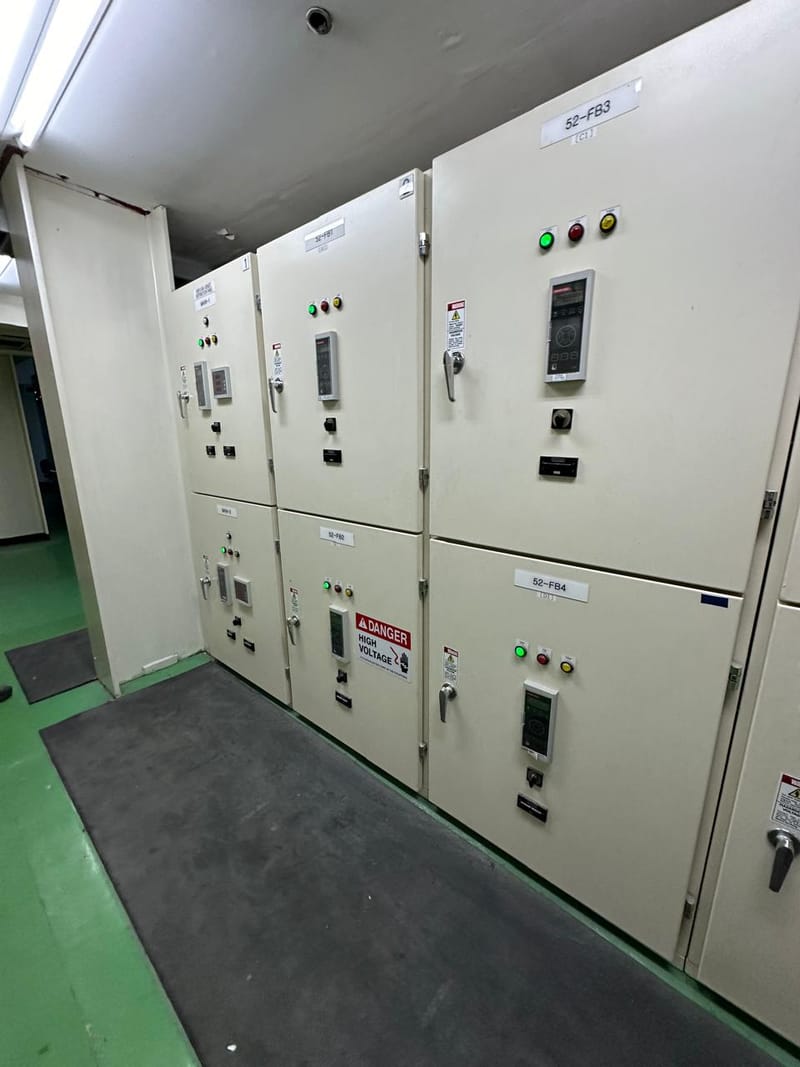SWITCHGEAR / CIRCUIT BREAKER TESTING

Switchgear and circuit breaker testing is essential to ensure the reliable operation and safety of electrical distribution systems. These tests help verify the performance, functionality, and protective capabilities of switchgear and circuit breakers. Here are some common tests performed on switchgear and circuit breakers:
1. Insulation Resistance Test: This test measures the insulation resistance between the live parts of the switchgear or circuit breaker and ground. It helps identify any insulation deterioration, contamination, or moisture ingress that could compromise the equipment's safety and performance.
2. Contact Resistance Test: The contact resistance test measures the resistance across the contacts of the circuit breaker or switchgear. It ensures proper electrical contact and identifies any loose connections or high resistance that could result in increased heat or voltage drop.
3. Timing Test: Timing tests are conducted to assess the operating times of circuit breakers, such as the opening time, closing time, and total clearing time. These tests verify the proper functioning and coordination of the circuit breaker's operating mechanism, including mechanical and electrical components.
4. Trip and Close Coil Functionality Test: This test checks the operation of the trip and close coils of the circuit breaker. It ensures that the coils are energized correctly, and the circuit breaker can be operated remotely or manually.
5. Insulation Power Factor Test: The insulation power factor test evaluates the dielectric quality of the insulation materials used in the switchgear or circuit breaker. It measures the power factor of the insulation system to detect any degradation or contamination that could affect the equipment's performance.
6. High-Potential (Hi-Pot) Test: The hi-pot test assesses the dielectric strength of the switchgear or circuit breaker by applying a higher voltage than its rated voltage. It ensures that the equipment can withstand the specified voltage without breakdown or flashover.
7. Protective Relay Testing: Protective relays play a critical role in detecting faults and initiating the trip signal to the circuit breaker. Testing these relays ensures their proper functioning and coordination with the switchgear or circuit breaker for effective protection.
8. Secondary Injection Test: Secondary injection testing verifies the performance of the protection and control systems associated with the switchgear or circuit breaker. It involves injecting simulated fault currents and verifying that the protective devices correctly detect and respond to these signals.
9. Thermal Imaging: Thermal imaging is a non-destructive testing method that uses infrared cameras to detect hot spots and abnormal temperature rises in the switchgear or circuit breaker. It helps identify potential issues related to loose connections, overloading, or faulty components.
10. Mechanical Operation Test: The mechanical operation test involves manually operating the circuit breaker or switchgear to ensure smooth and proper mechanical movement without any binding or sticking.
It is important to follow industry standards, manufacturer guidelines, and safety procedures when conducting switchgear and circuit breaker testing. These tests should be performed by qualified personnel with knowledge of the specific equipment being tested and the associated testing methods.